
PROSPECTS and challenges faced by Muslims in Ghana and West Africa before the advent of Western education were treated in the first instalment of the above article. Let us in this second instalment discuss the challenges faced by Muslims from the colonial era to the pre and post independent period of Ghana and how they are solving them.
Islam was the first to penetrate into Africa and establish formal education followed by the Christian Missions. The famous Islamic University of Timbuktu in West Africa (1100’s BC) serves as an irrefutable evidence in support of this assertion. While Islam descended from North into West Africa, Europeans followed by their Christian Missionary Organisations ascended into West Africa from the South by the sea. You cannot therefore discuss Islamic education in the 20th century without discussing what happened in the intervening period of the Europeans and Christians Missions.
The first Europeans (the Portuguese) arrived in the Gold Coast in 1417, from whence they began to trade in gold and slaves. Missionary work and education began in 1752 by the society for the propagation of the Gospel. Besides efforts to educate indigenes in Cape Coast, some of them were also sent to Europe to acquire education. The Basel and Methodist Christian Missions then followed in 1827 and 1833 respectively. In 1881 the Roman Catholics also followed.
Pertinent to state that missionary work went hand in hand with education for the fact that the Christian Missions soon learnt that proselytisation was best carried out through education. The following are a few of some of the educational institutions established by them in Ghana.
The Breman Mission established a theological college at Ho.
Roman Catholics also had training colleges at Bla in the Volta Region. In 1909 the Gold Coast Government established a training college for teachers and a technical school in Accra. The Methodist built Wesley College in Kumasi. In 1924 the British Government founded Achimota College in Accra, and established the University of Ghana in 1950.
In short during the Gold Coast and before independence in 1957 Christian Missions and the Government had established Western Education in the country.
Alongside these developments in education the Government developed the transport and communication sector that deeply facilitated education and missionary work. The British began the railway at Secondi in 1898 which reached Kumasi in 1903. They also extended motorable roads from 1,200 miles in 1918 to 3,150 miles in 1922. Telegraph was established by them as far back as 1874 in their wars with the Ashantis. They also established the Korle Bu Teaching Hospital in Accra and the Gee Hospital in Kumasi, currently the Okomfo Anokye Teaching Hospital. Quinine was isolated from the bark of the Cinchona tree in 1820 thereby putting an end to malaria, the major cause of death of foreigners especially Europeans missionaries and educationists. From the period when Islam was introduced into Ghana by the Wangaras (About six hundred years ago) to the beginning of the 20th Century, the following are therefore the drastic changes that had occurred in transport and communication. From the use of beasts of burdens (camels, donkeys, horses) to cars, railways and steamships. From the use of human messengers to the use of telegraphs. From the manual copying of books to the use of printing press in book production. In effect it was through trading activities that the Wangaras introduced Islam and education into Ghana and West Africa in much the same way as the Europeans introduced Christianity and Western education into the nation through trading activities. Thus besides the circular subjects about which Muslims never raised objection, they were also expected to study the Bible, Christianity and attend Christian worship. You can image the impact these would make on them as Muslims by the time they complete their studies, namely change of faith from Islam to Christianity. Little wonder the political mouth piece of the Muslim Community (The Muslim Action Party) (MAP) went into agreement with Nkrumah’s CPP in which the MAP would support the CPP in exchange for the provision of schools for the Muslims.
Quoting from the CPP manifesto of 1950 we read: ‘’Under Self-government, taxes would still be levied on all who should pay taxes, but the CPP would see that taxation brings with it social, educational, medical, cultural and economic rewards for the whole community. Which was help to cover the provision of Muslim schools, where Arabic and the scriptures (Quran) would be taught in addition to the normal curriculum’’. (1954:108).
In other words if voted into power the CPP government would establish Muslim Schools where Arabic and the Quran would be taught alongside the circular subjects (Arithmetic, geography, nature studies, English, History, social studies etc). The fact that Muslim should come to agreement with the CPP shows that they never objected to circular studies as some people opine. Let me butters this point with the following observation. That if you observe the syllabus of traditional Islamic educational institution in which Arabic is the medium of instructions; students throughout the ages are never introduced directly to Quranic studies. On the contrary they study the following circular subjects prior to introduction to the Holy Quran. The circular subjects are : languages (luggat), grammar (Nahw), inflexions (Saraf), arithmetic (Hisaab), history (Tarikh ), logic (mantiq), geograpghy (Jagraafi), psychology, Islamic jurisprudence. It is therefore grossly in correct when Fellow Muslims Ignorant of Islam, accuse Muslims of shying away from secular subjects because they regard those subjects as in Islam.
But for those daring parents who took the risk and sent their wards to Public and Christian Mission schools they supplemented their Islamic and Arabic studies by sending them to Quranic schools (Makarantas) in evenings and during weekends.
At some point in time they converted these Quranic schools into Arabic – English schools. The first Arabic English school in the country was formed in 1948 at Kumasi Zongo under the patronage of Amadu Baba, the then Chief of Zongo. This was followed by Al-Fallah of Suame Asantenkramon and the rest of the country. In the 1970s or thereabout, an experiment was carried out by the Ghana Education service in the North in which secular subjects were added to the Quranic schools. The attendance was overwhelming thus buttressing the fact that Muslims never objected to secular subjects.
Since then the population of Muslim students in higher education has been on the ascendency. Another factor that has contributed to this is the putting of Arabic graduates on the pay roll of government. Last but not the least a school that began as a typical Quranic school, then became an Arabic – English school and finally metamorphosed into a modern Islamic Secondary school is the Islamic Senior High School, Abrepo in Kumasi. It was founded 1975 with Saudi funds and it is now a government assisted school. Ahmadiyyat, since establishment in 1921, has had its own separate educational programmes through which it has established a good number of senior high schools and theological schools in the country. Since it was established in the country in the 20th century deep cognisance must always be taken of the availability of modern transport, communication and the printing press which its predecessors, Islamic Education and Western Education, could not enjoy as we have detained above.
BY KHALID KOFI AHMAD
The post The impact of modern means of transportation, communication and the printing press on Muslim education in Ghana and West Africa (II) appeared first on Ghanaian Times.
Read Full Story
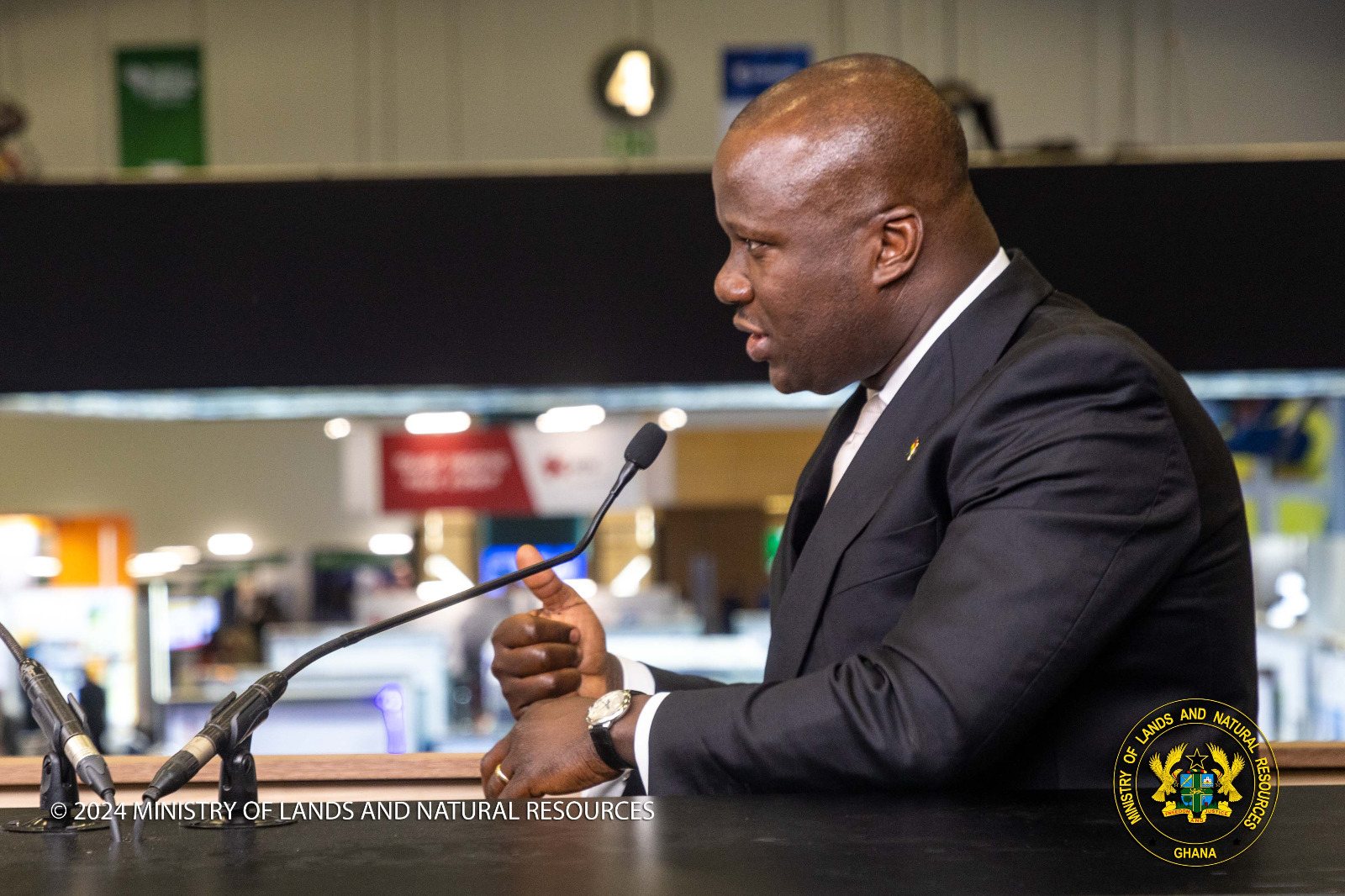
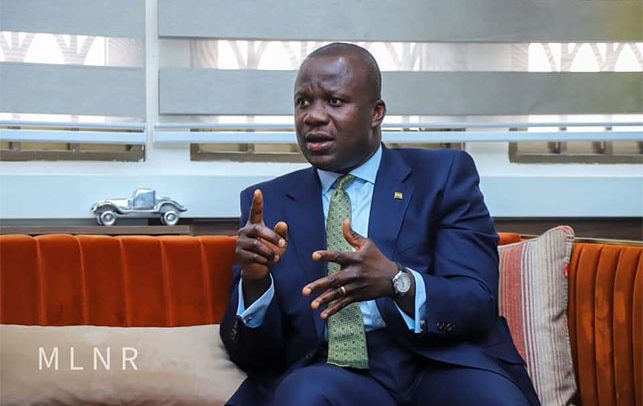



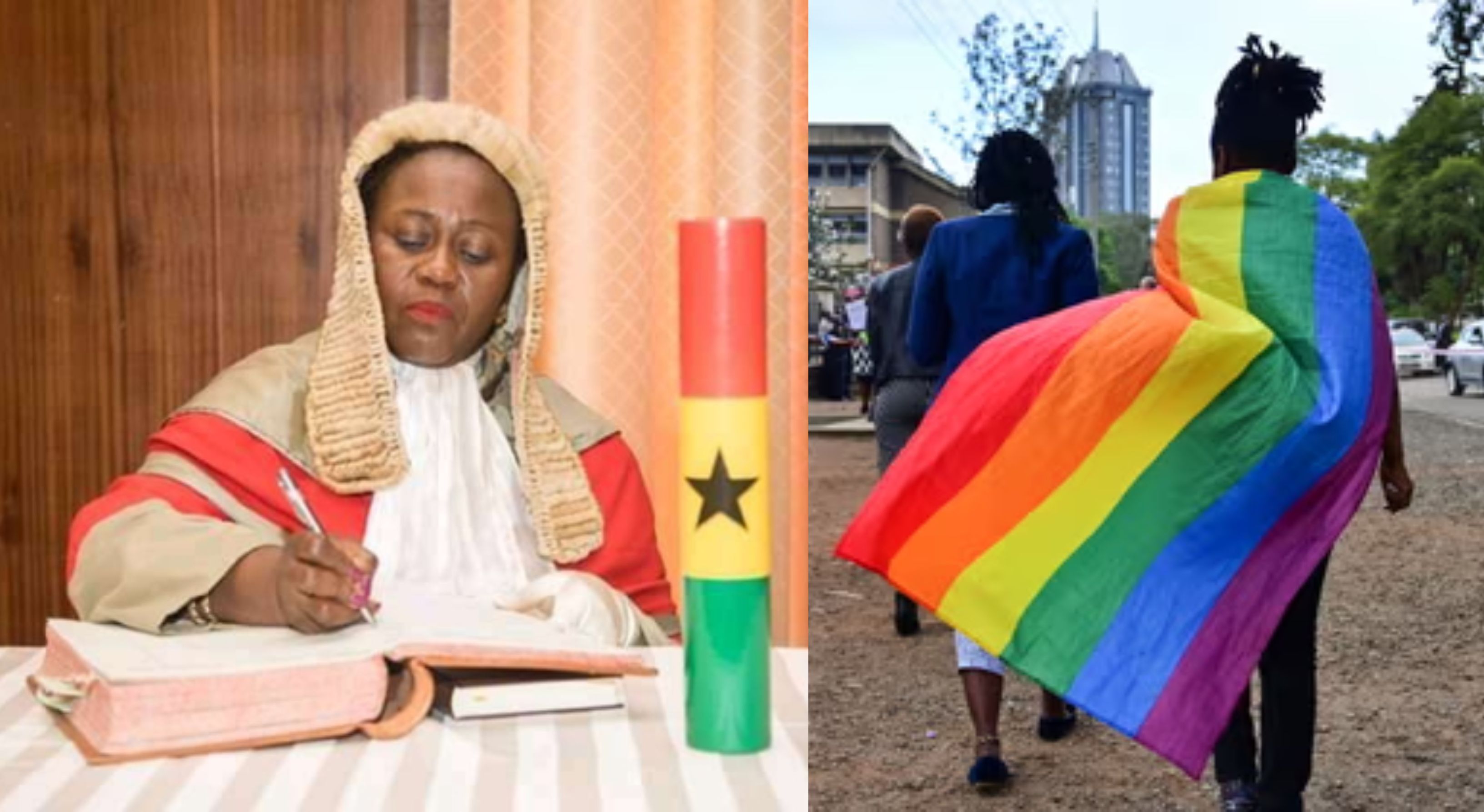
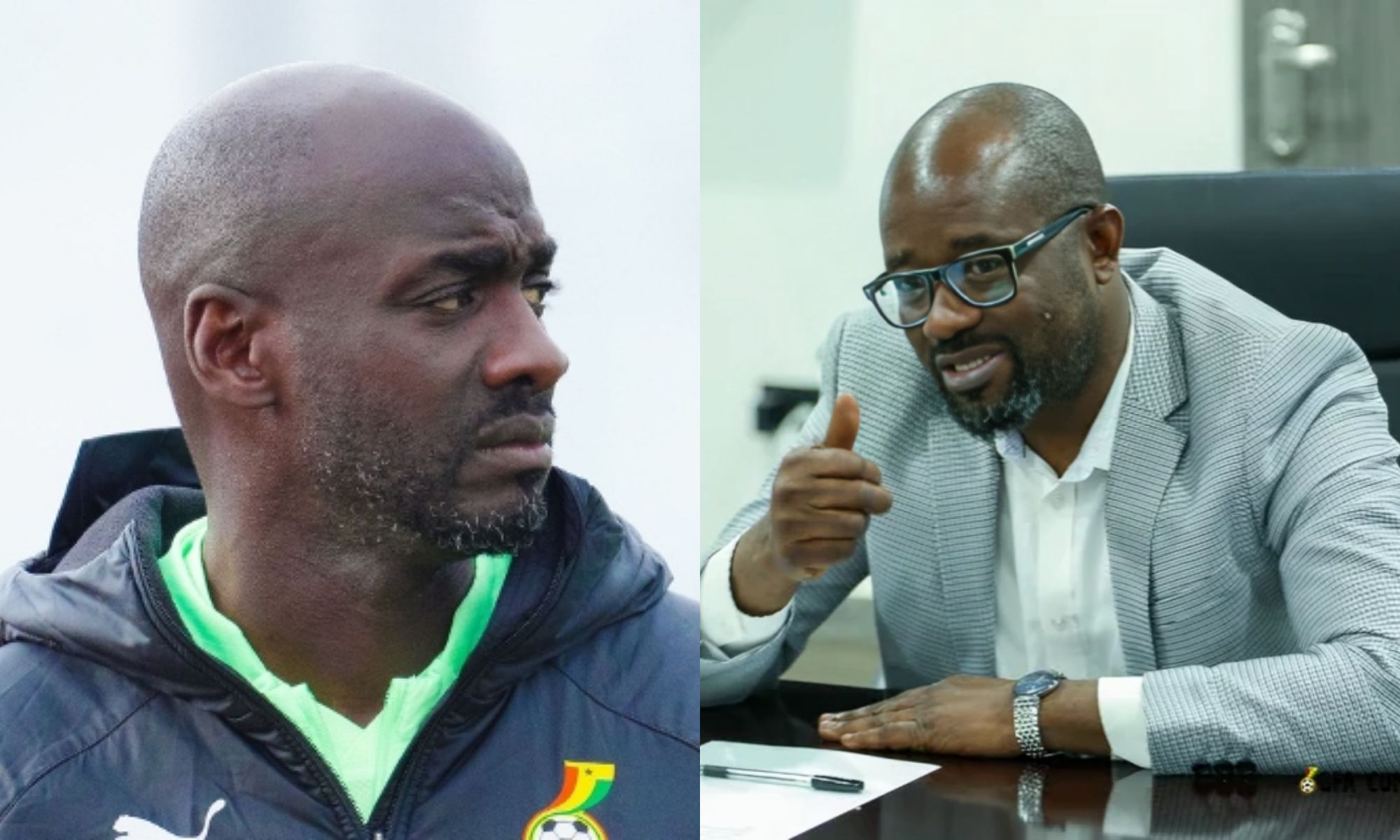
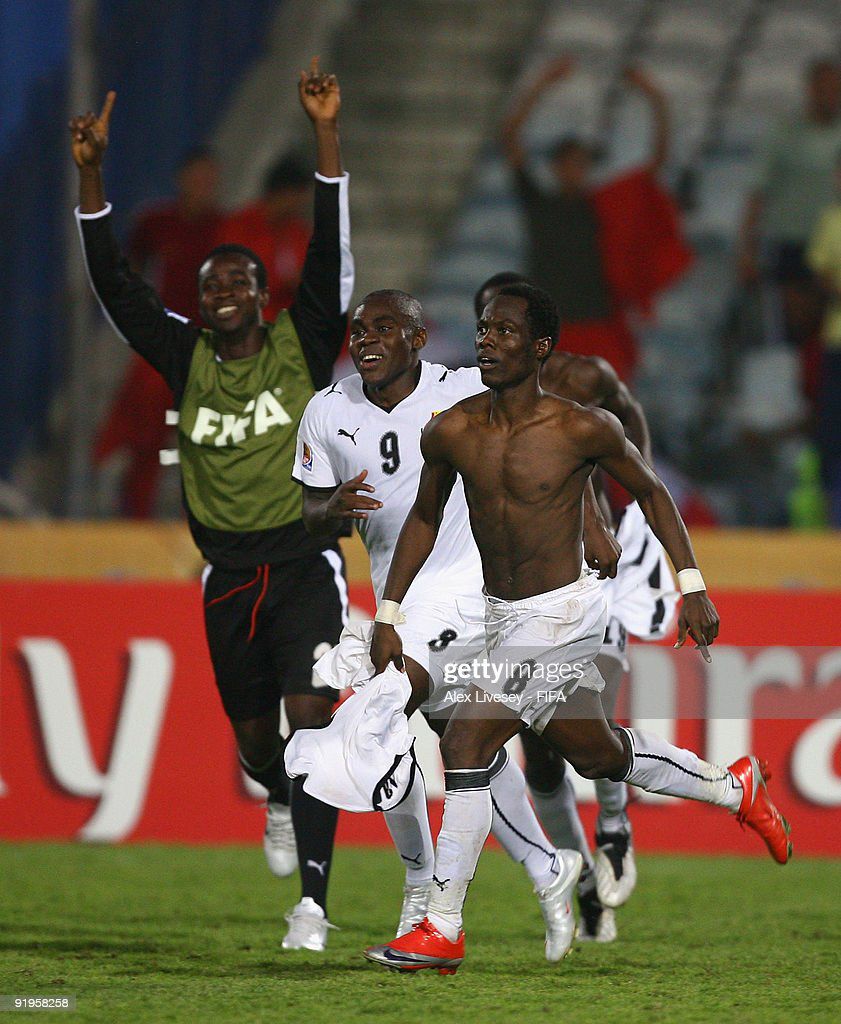

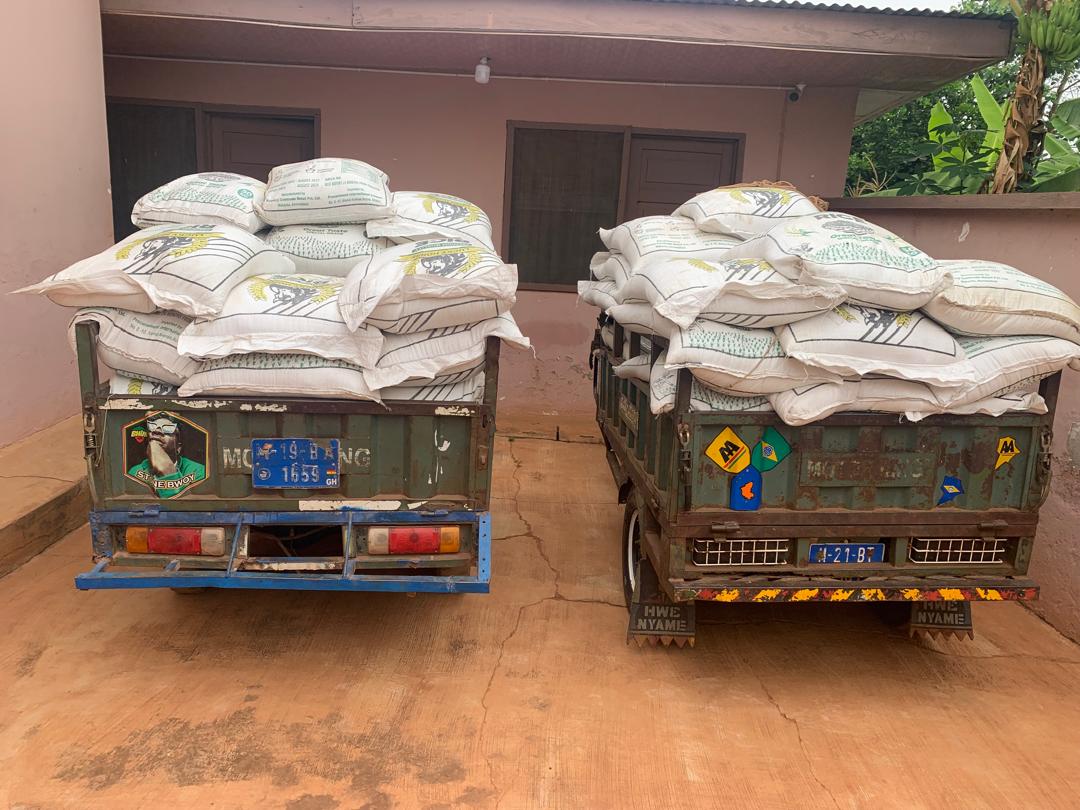
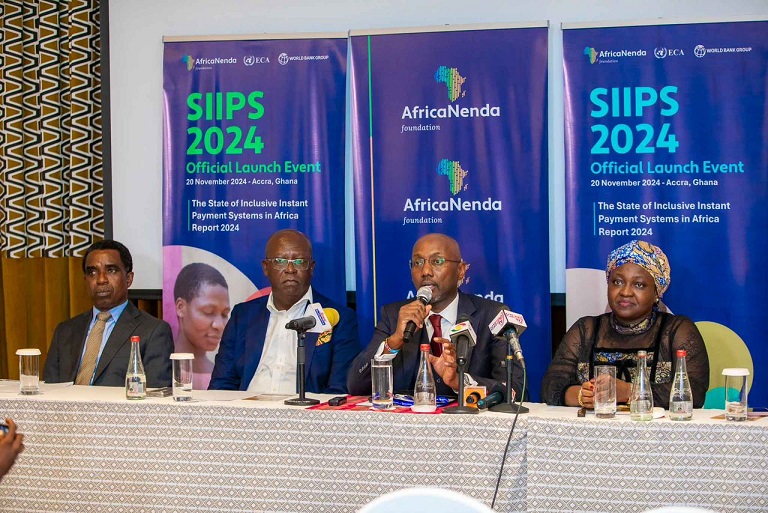

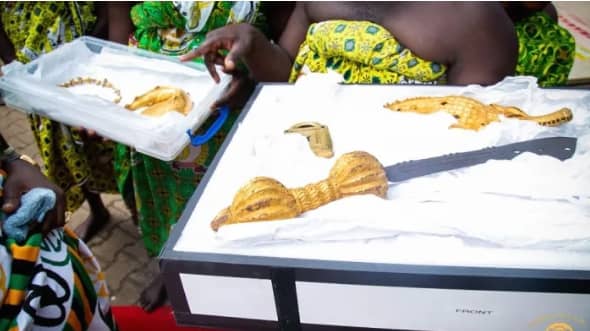
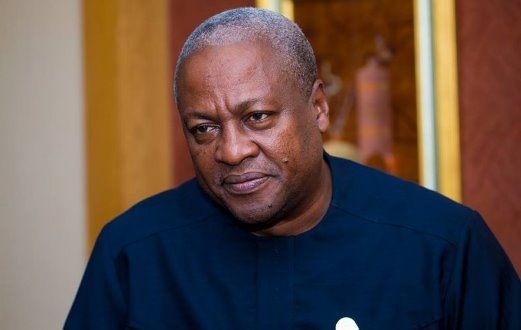
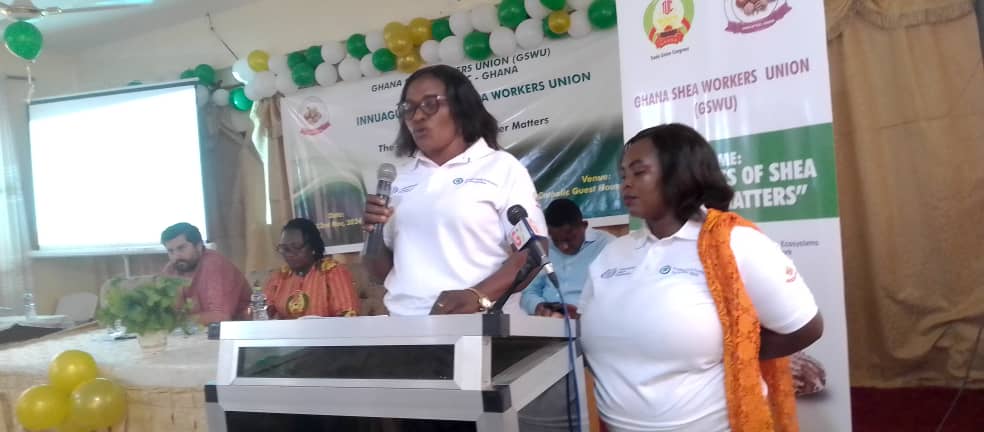
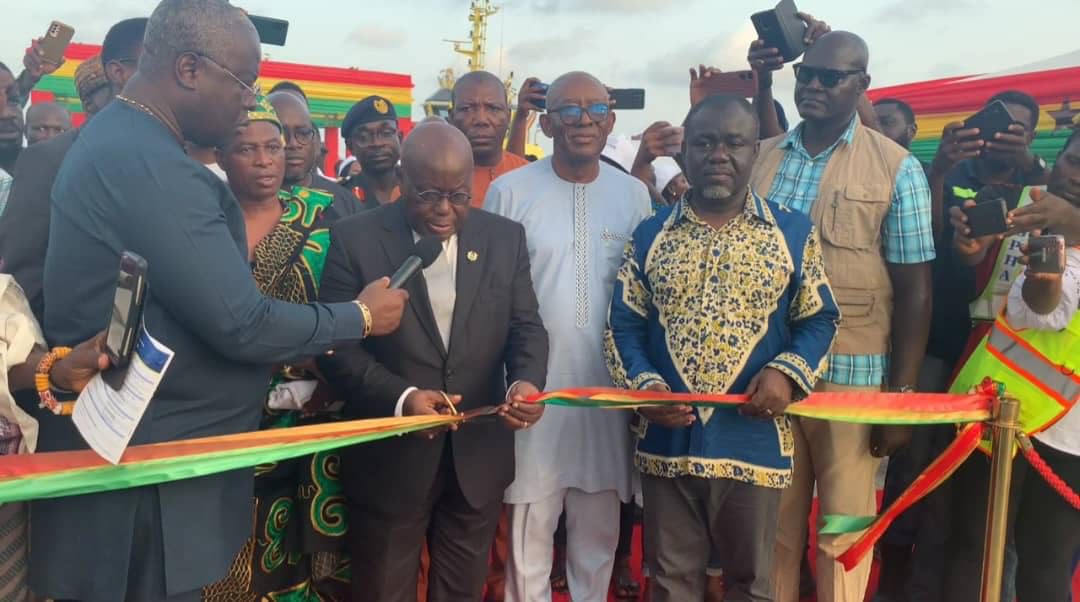
Facebook
Twitter
Pinterest
Instagram
Google+
YouTube
LinkedIn
RSS